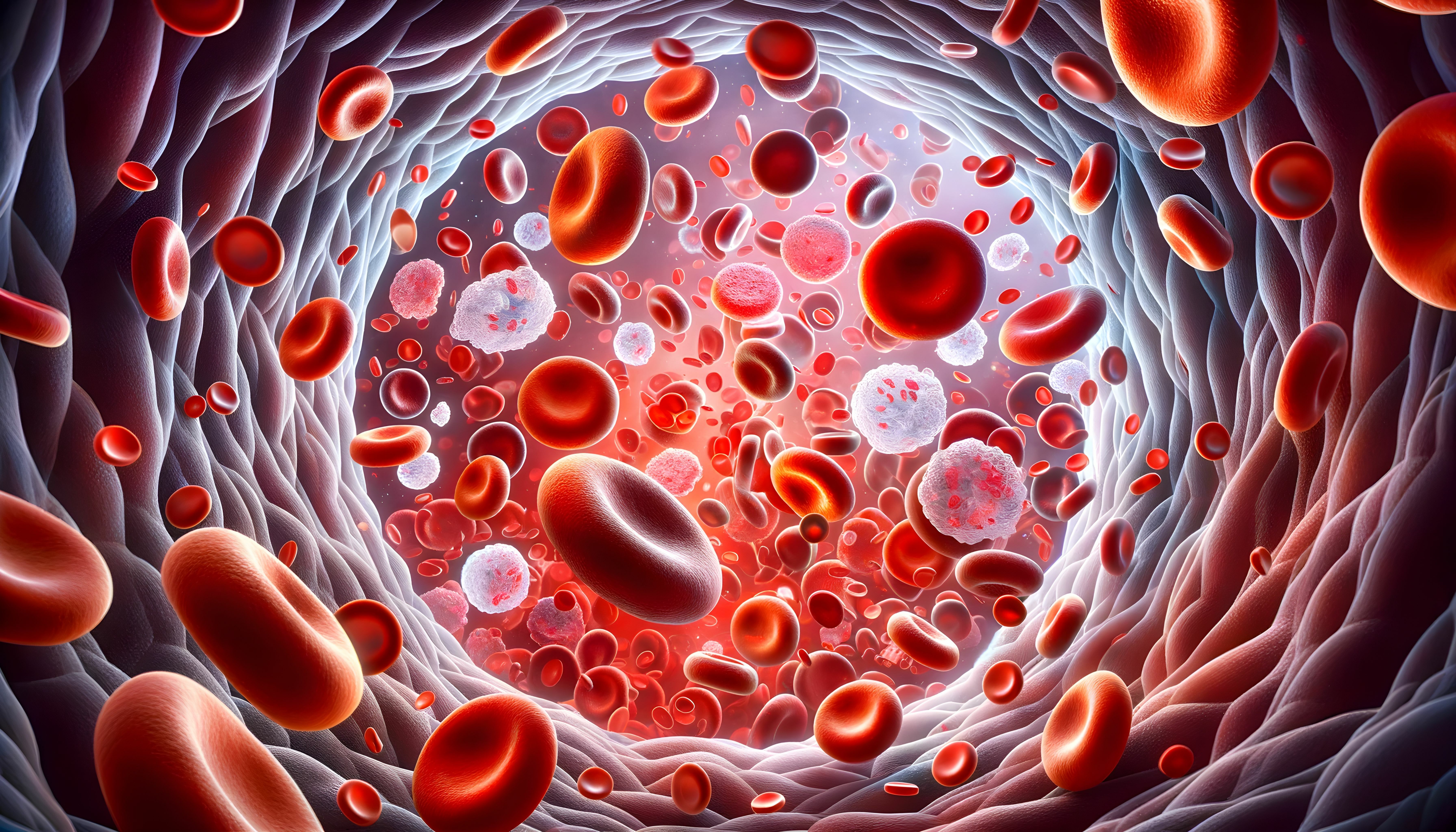Video
Dr David Yeomans Explains the Interplay of Estrogen, Oxytocin in Menstrual-Related Migraine
Author(s):
David Yeomans, PhD, associate professor of anesthesiology, perioperative, and pain medicine at Stanford University School of Medicine, outlines potential mechanisms underlying menstrual-related migraine.
A drop in estrogen or magnesium can trigger a drop in oxytocin, which plays a role in the likelihood of a migraine, said David Yeomans, PhD, associate professor of anesthesiology, perioperative, and pain medicine at Stanford University School of Medicine.
Transcript:
What are some of the unique characteristics of menstrual-related migraine that make the condition so difficult to treat and understand?
The mechanisms underlying regular migraine headache, that is nonmenstrual related, are relatively well-understood. And some of the same mechanisms seem to be involved with menstrual migraine. But there's another layer on top having to do with fluctuations over the menstrual cycle and hormones, but other things too. Those other things may also—for example, magnesium, I'll just mention that. Those things may also play a role in regular migraine, but you don't have these monthly fluctuations that you do with menstrual migraine.
Can you expand on some of the theories regarding the pathogenic relationship between menstruation and migraine?
So kind of the most well-known thing that happens with menstrual migraine is changes in estrogen levels over the month. There's a big drop in estrogen levels just prior to menses. The theory of the mechanism underlying menstrual migraine had to do, forever, with this drop in estrogen. But it was never really clear why a drop in estrogen would cause a migraine. It turns out, though, that estrogen is not the only thing that's changing over the menstrual cycle.
One more step back, which is why oxytocin is important. What we've shown in the past is that the trigeminal nerve provides all the pain information from the head and the face. It's a great big 3-branch nerve. You have to have activity in that nerve in order to have a migraine, because, like I said, it carries all the pain information into the central nervous system. It turns out that oxytocin can inhibit the excitability of those neurons. In other words, it can act sort of as a thermostat, to turn up or turn down the sensitivity of those trigeminal neurons to input. For example, a lot of people with migraine are very sensitive to light, to a glare, or to red wine, or stress. But in order to trigger a migraine, those things don't always produce a migraine, right? The idea is that the sensitivity of these trigeminal nerves allow a trigger that might not otherwise produce a migraine to trigger the migraine.
The oxytocin, acting through oxytocin receptors, can change how sensitive or excitable those trigeminal neurons are. Well, there are things that can modulate how effective that oxytocin is. It turns out that one of the things that can change that is estrogen. How effective that oxytocin is can be modulated by basically 3 different things. One is how much oxytocin there is around. If you don't have much oxytocin, you're not going to have much activity at the receptor and the trigeminal nerve. Two, how many of those receptors there are. Because, if you only have 2 receptors and you have a bunch of oxytocin, it's still not going to do much, because it's activity at those receptors that change how excitable those neurons are. Three is what we call the affinity of the receptor, that is how tightly bound oxytocin is to that receptor. That can actually be changed too. So all those things are changeable.
It turns out that some of the things that change over the menstrual cycle can impact those things. So estrogen is an example. Estrogen can actually increase the amount of oxytocin there is available by activating the cells that make oxytocin. Estrogen could also increase the number of those oxytocin receptors on the trigeminal nerve. What happens if you drop your estrogen, you also drop your oxytocin because estrogen drives oxytocin. If you have a drop in estrogen, you have a drop in the amount of oxytocin, you also have a drop in how many oxytocin receptors there are. You have a lot less oxytocin receptor activity happening. When that happens, oxytocin, which normally decreases how excitable those nerves are, there isn't enough activity and so the excitability goes up. Triggers that may not always trigger migraine can now trigger a migraine.
There are other factors too, like magnesium. How much magnesium is in your blood changes over the menstrual cycle. Magnesium affects how tightly bound oxytocin is to its receptor, or the affinity. What that means is that when you have a drop in magnesium, you have a decrease in oxytocin receptor activity. It's no longer inhibiting how excitable those nerves are, and your excitability goes up. And once again, you're more sensitive to triggers. That's what happens. So, over the menstrual cycle, you have a big increase during ovulation of estrogen, you also have an increase in oxytocin. Then during premenstrual, then menses, you have a big drop in estrogen and you have a big drop in oxytocin and you have a drop in magnesium. Some women, if they take a magnesium supplement, [it] actually decreases their likelihood of having one of these migraines.

Navigating Sport-Related Neurospine Injuries, Surgery, and Managed Care

Navigating Sport-Related Neurospine Injuries, Surgery, and Managed Care
2 Commerce Drive
Suite 100
Cranbury, NJ 08512
© 2025 MJH Life Sciences® and AJMC®.
All rights reserved.




